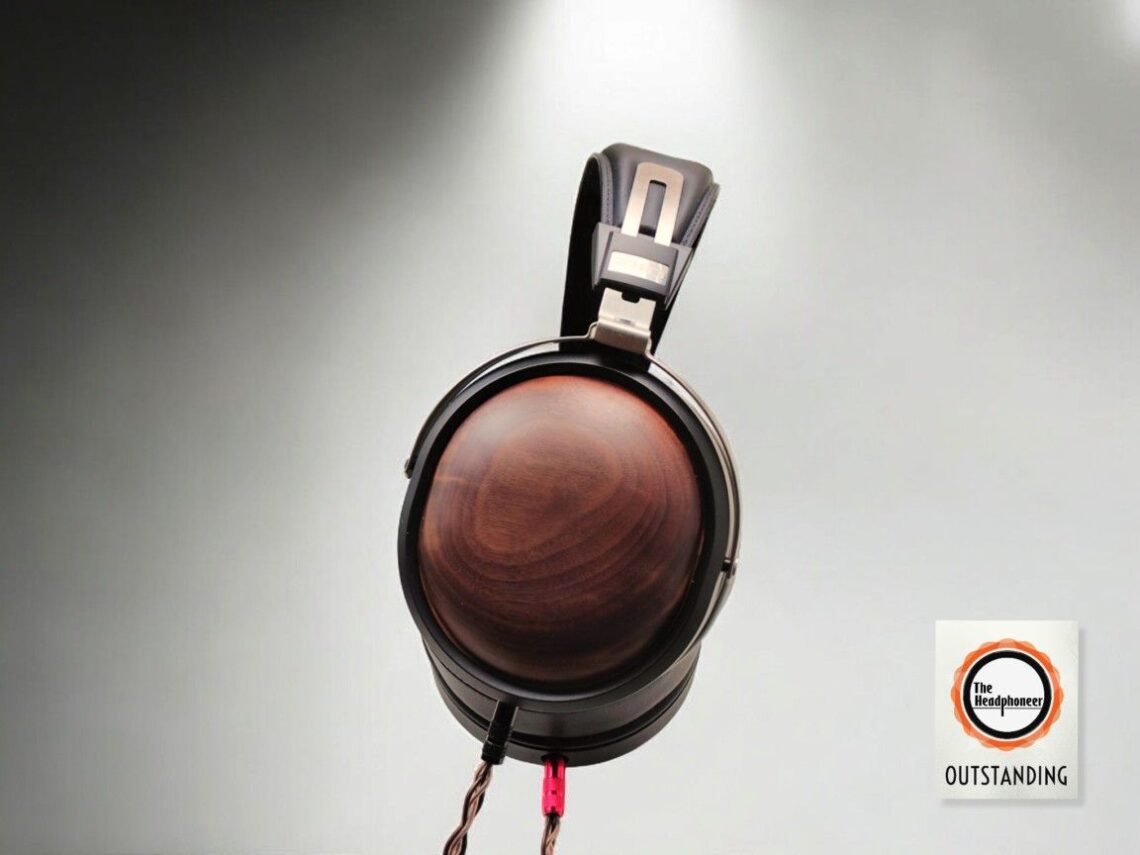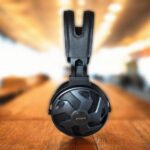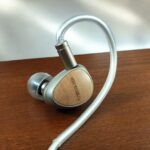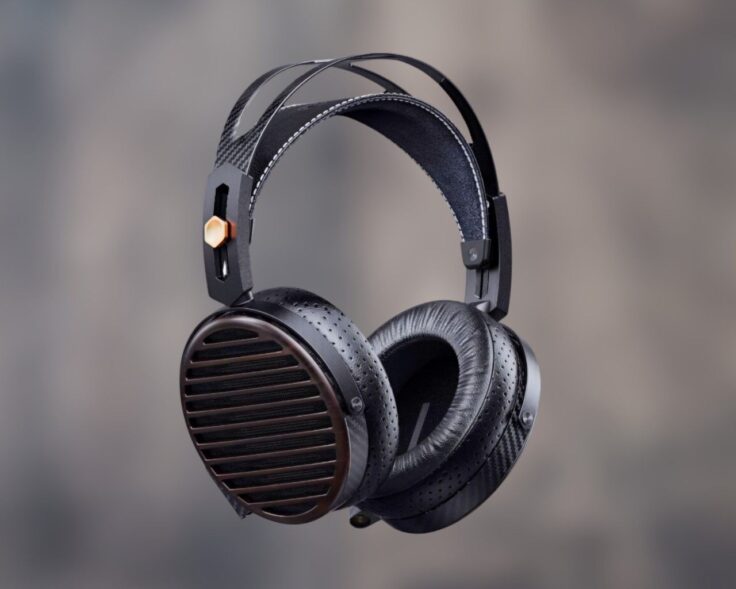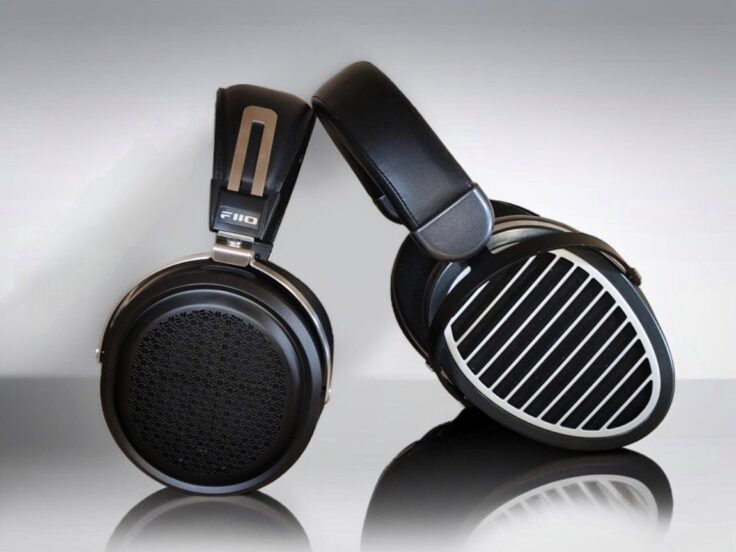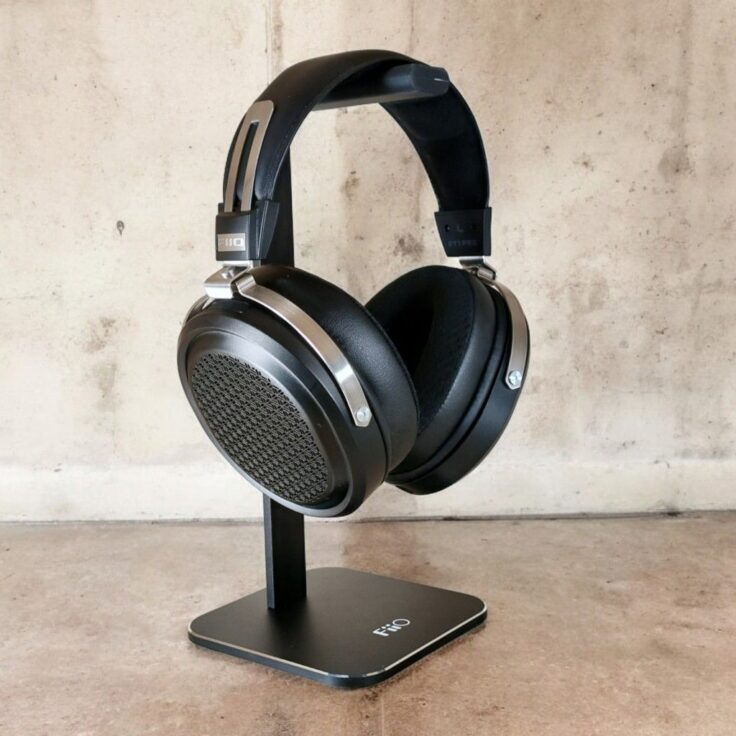Priced at a modest 149 USD, the FiiO FT1 might initially seem like just another mid-fi option. But don’t let the price tag deceive you—this is an audiophile-grade headphone. The FT1 delivers such impressive sound quality and build craftsmanship that it should make many competitors rethink their pricing strategies and take a hard look in the mirror.
MAIN TAKEAWAY
- Stunning technical performance
- Powerful but not overpowering bass
- Articulate highs
- Lush, slightly dark mids
- Great build quality
- Outstanding price-performance ratio
- Responsive to pad-rolling—can get even better with other pads
FiiO ventured into the world of over-ear headphones as recently as in the spring of 2023 with the release of the 300-ohm dynamic driver FT3 ($299). Since then, they’ve expanded their headphones lineup with several models: The open-back planar magnetic FT5 ($449), a 32-ohm version of the FT3, the budget-friendly open-back JT1 ($69), and now, FiiO’s first wooden closed-back headphone, the FT1 ($149).
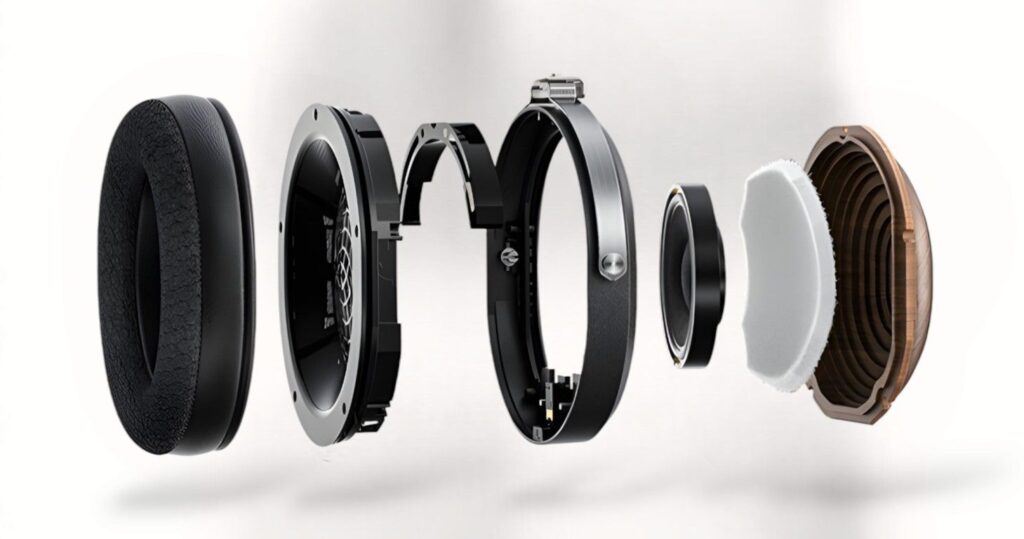
The FiiO FT1 features genuine solid wood walnut ear cups and a 60mm dynamic driver with a nano-wood fiber composite diaphragm. The diaphragm gasket design enhances the effective vibration area, while the large 25mm voice coil ensures efficient sound reproduction. The headphones have an impedance of 32 ohms and a sensitivity of 98 dB/mW, providing a balanced performance suited for various audio sources.
The diaphragm itself is crafted from wood fiber (spruce wood), with a small addition of carbon fiber blended into the pulp, a technique also employed by Denon. These wood fiber-based drivers are often termed “biodynamic” drivers, with iconic models like the Denon D7000 and Fostex TH-900 being prime examples.
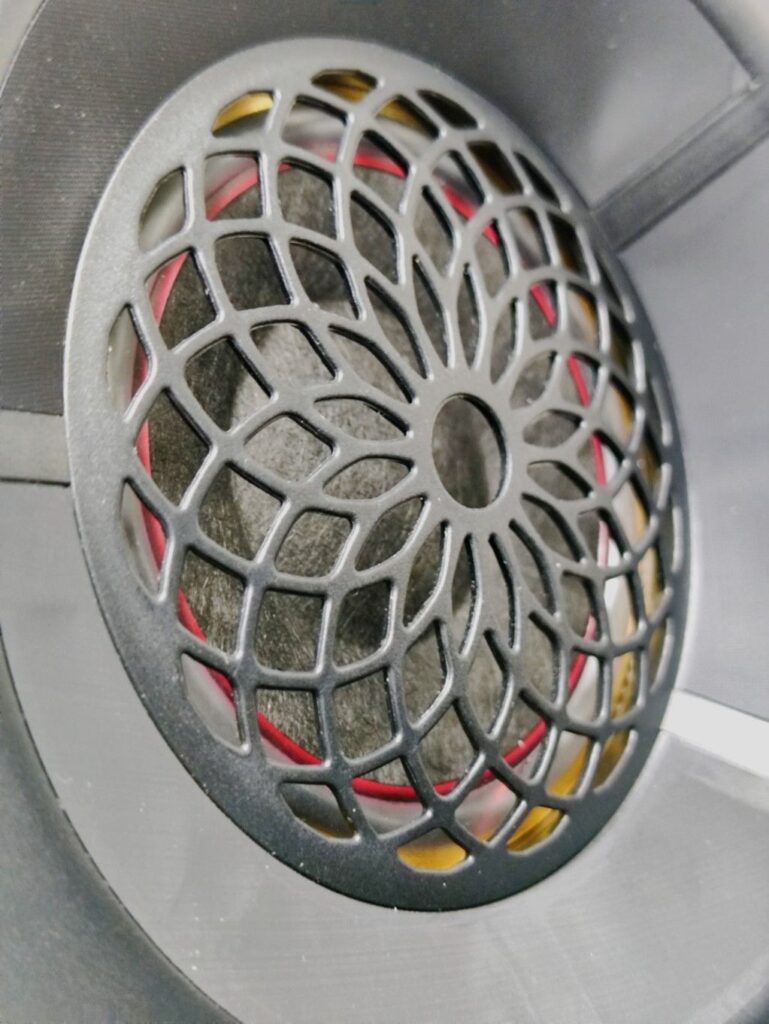
FIIO FT1 SPECIFICATIONS
- Closed-back dynamic headphones
- Driver: 60mm dynamic
- Impedance: 32 Ohms
- Sensitivity: 98dB/mW@1kHz or 113dB/Vrms@1kHz
- Frequency response: 10Hz-40kHz
- Cable material: silver-plated oxygen-free copper
- Earpad pressure:4.5N±0.3N
- Cable length: About 1.5 m
- Weight: 340g (excluding cable)
- Headphone connector: Dual 3.5mm TRS
- Audio cable plug: 3.5mm/4.4mm
- Ear cup material: walnut or beech real wood
Disclaimer: The review unit was provided by FiiO for this review, with no strings attached. We write for the readers, and the thoughts and observations expressed in this article are entirely the reviewer’s own.
We use affiliate links to generate income, but the commission is earned regardless of what product is purchased through the links.
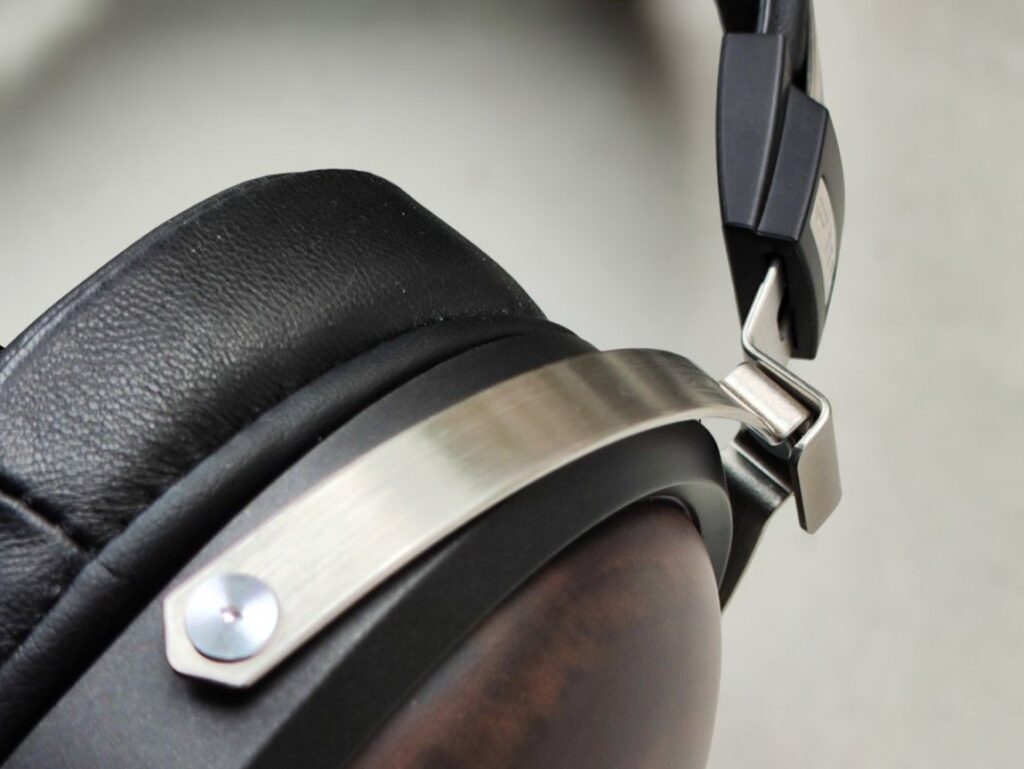
Image Copyright: The Headphoneer
BUILD, DESIGN, AND COMFORT
The FT1 is one of the better built headphones I have come across, regardless of price—This is how headphones should be made. FiiO makes the competition look ridiculous when they can make this for 149 USD.
The cups are real wood, you can choose between dark walnut or light beech. The yokes and sliders are made of steel, as are the screws and the inside of the headband (I checked with a magnet). The headband padding is a plastic material and not especially luxurious; the earpads are also synthetic. The pads are standard lip mount types, which make these headphones compatible with a range of third-party pads. Everything that fits e.g. Fostex TH600/900 etc. should fit the FT1
There are a 3.5mm and a 4.4mm jack headphone cable included. The cables are quite short and nothing special, but they are replaceable, and FiiO uses standard 3.5 mm jacks on the headphones.
There’s a surprisingly nice softshell storage case included, reminiscent of the cases that come with many Focal headphones.
When it comes to the design, I like how it looks, and it is comfortable to wear. I especially appreciate the generous swivel action.
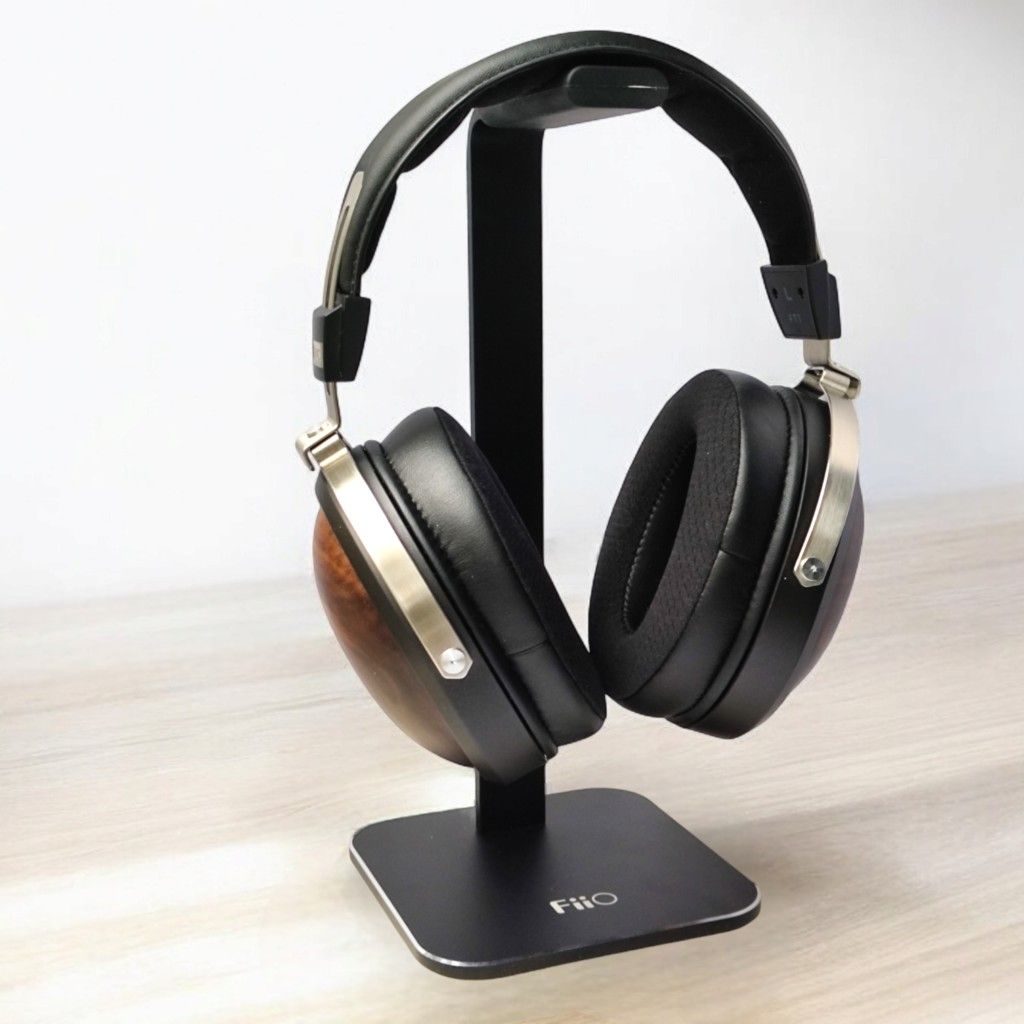
Image Copyright: The Headphoneer
STANDALONE LISTENING IMPRESSIONS
I used the Monolith THX AAA 887 and the Rebel Amp for this session. My source was the RME ADI-2 DAC FS.
Beethoven Trio in C Major, Op. 87: IV. Finale by Les Vents Français
This wind instrument trio sounds excellent on the FT1. There is lots of detail, the sound stage is nice and wide for a closed back, the imaging is good, and the presentation is well-balanced.
The Tunnel by Tord Gustavsen Trio
Everything sounds crisp and clear but not overly bright, but the treble and upper mids aren’t dark sounding. The drums sound tight and punchy, and the piano is articulate. The soundstage and imaging are quite good.
Aura by Bicep
Moving over to some electronic music, the bass is very tight. It is not boomy or bloomy like it often can be with closed-back headphones. The sound is quite crisp but nicely balanced and very articulate.
Rocket Man by Bob James Trio
The bass is nicely controlled and on the tighter side. The piano is clear and the percussion is tight. The sound stage and imaging are very nice.
Daddy Lessons by Beyonce
The trumpet is crisp and clear, the percussion is snappy, and there is nice separation. The bass is impressively tight.
Limit to Your Love by James Blake
This track is handled very well, with crisp and clear vocals, though some might prefer more warmth and fullness. The soundstage is large, and the imaging is precise. The deep, rotary bass is rendered with impressive control and surprisingly linear performance.
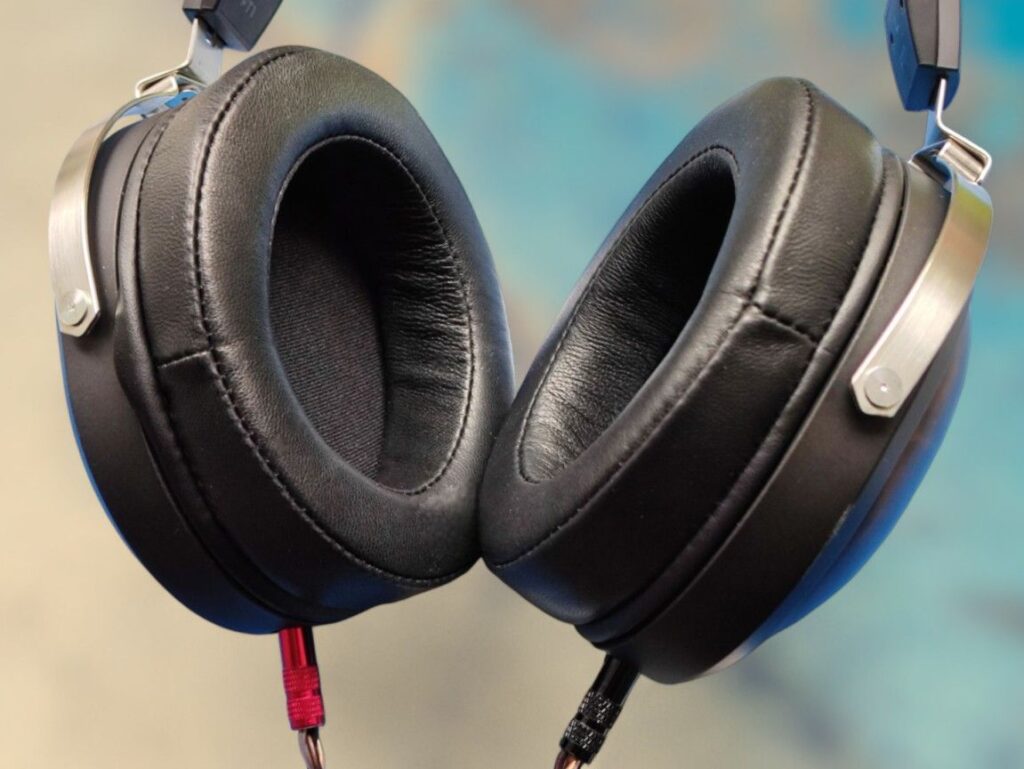
Image Copyright: The Headphoneer
PADS
If there’s one thing I’ve learned about headphones, it’s that pads matter. Sometimes, they make a big difference, other times, not as much. Closed-back headphones tend to be more responsive to pad changes, and as it turns out, the FiiO FT1 is particularly sensitive to pad swapping.
I experimented with a few different pads, starting with a pair of Hifiman classic velours I had on hand. After removing the attachment ring, I struggled to get the lips to fit properly since they were a bit deep. To make them work, I used scissors to trim off the inner half of the lips, and that ended up fitting quite well, although the fit was tight.
The sound quality was impressive, with one major exception: a very noticeable loss in bass presence. The level of detail was stunning, and the soundstage and imaging were significantly better than with the original pads. The treble and mids were great, and if weren’t for the reduced bass quantity, these pads would have been superior to the stock ones. However, this experience highlighted just how capable the drivers are, leaving me thoroughly impressed.
Another pair I tried was the Brainwavz Micro-Suede XL circular pads. These sounded noticeably fuller than the Hifiman pads, likely due to the denser foam and fabric. They also offered a slightly warmer tone compared to the stock pads, with a more subtle treble presence. The midrange was a bit less articulate, but overall, I preferred these slightly over the stock pads.
Next, I tried two different pairs of sheepskin pads.
The first pair I got off Amazon for the TH900 (Orion pads). They have relatively firm, but light padding (not memory foam) and an oval opening. They delivered an impressive soundstage with excellent separation, though there was slightly less mid-bass and sharper sibilants. There was less lushness but more detail and texture, making for an overall very nice listening experience.
Lastly, I put on a set of 3rd-party no-brand leather pads made for the TH-900. They have a wide, circular opening and light memory foam. (105mm outer diameter, 68mm inner diameter, 22-27mm thick). The sound was fantastic, offering more detail, a larger soundstage, and better imaging than the original pads. These pads truly brought out the best in the FiiO FT1, and I was overwhelmed by its performance. Honestly, the FT1 has no right to sound this good!
In conclusion, the FiiO FT1 headphones are worth experimenting with. The build quality and drivers are excellent, and the FT1 responds willingly to pad rolling, allowing for noticeable improvements in sound with the right pair of pads.
Because of my enthusiasm for my favourite pads, I chose to write a brief section, sharing some listening impressions:
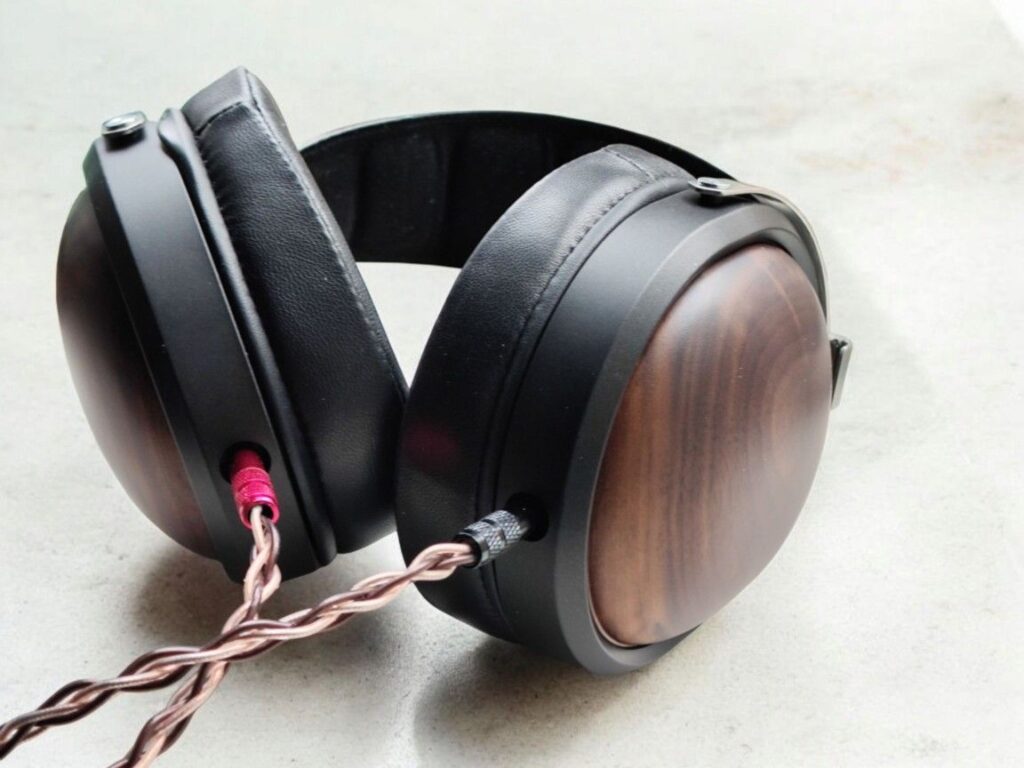
Image Copyright: The Headphoneer
LISTENING IMPRESSIONS – FAVOURITE LEATHER PADS
Mango Drive by Rhythm and Sound
Starting with some bass-heavy electronic music, the FT1 sounds spacious and detailed. The bass is deep, linear and textured. The highs are crisp but nuanced.
Maple Noise by Greene Serene
This dynamic piece of improv jazz sounds very spacious, detailed, and quite snappy. The bass is very well controlled. The midrange is a bit polite but detailed. The treble is crisp and clear.
Vicarious by Tool
The bass is very potent, full and tight, not overpowering the mix. The soundstage is huge with great imaging. The midrange is very neutral and clear.
Terminal 7 by Tomasz Stanko Quintet
This sounds snappy and spacious, detailed and tight. I’m truly impressed.
Hellhound On My Trail by Cassandra Wilson
The guitar is crisp, the vocals are clear, and there is lots of space and detail.
The National Anthem by Radiohead
This track gets increasingly complex, but the FT1 handles it like a champ. Every instrument is easily followed, even during the most busy parts.
Mahler’s Symphony No. 2 III by Paavo Järvi
This orchestral piece is rendered with delicacy, loads of detail, and impressive spaciousness. The tonality is very good.
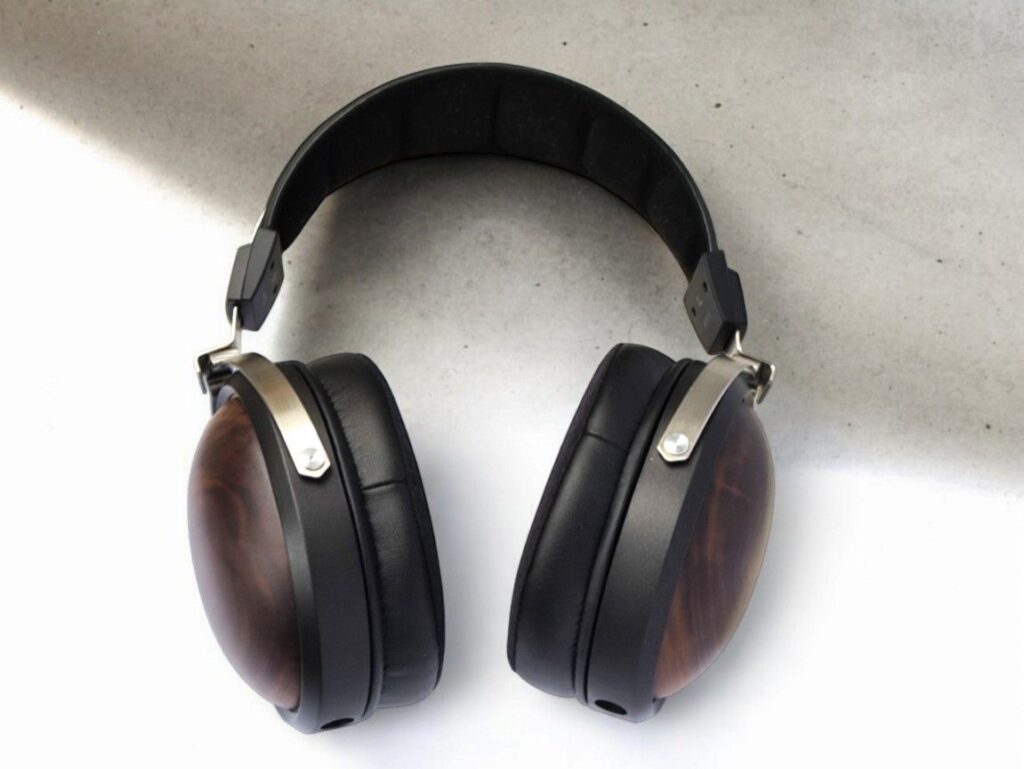
Image Copyright: The Headphoneer
WRAPPING IT UP
Sound Signature
The sound signature is relatively neutral. The highs are pronounced yet not overly bright, the upper midrange a bit polite and the bass somewhat elevated. However, it mostly feels very well balanced without EQ.
Treble
The treble is crisp and clear with great dynamics. It can sometimes feel a bit on the dry side, but I don’t have any significant issues with sibilance or fatiguing brightness.
Midrange
The midrange is relatively neutral, but the upper midrange is slightly less pronounced. Thus, the midrange as a whole isn’t overly warm, but it’s not recessed either. There is plenty of detail, with a high sense of clarity, and it is well articulated with good texture.
Bass
The bass is slightly elevated but mostly, it comes off as well-balanced. It has great definition and extension. It is full yet very tight, especially for a closed-back headphone.
Soundstage and Imaging
The soundstage is fairly large, and the imaging and layering are impressive. There’s well defined space between the instruments and various sounds are accurately positioned in space. With the best 3rd party sheepskin pads used, the soundstage is more expansive and the imaging even more precise.
Detail, Dynamics, and Timbre
The general detail level is remarkably high for this price range. Dynamics are also very good; both microdynamics and macrodynamics impress. When it comes to the timbre, I find it to be neutral and delicate, but not the warmest. My preferred 3rd party sheepskin pads increase general clarity and dynamics even further.
COMPARISONS
The comparisons were mainly done using the Topping A90 amplifier and the RME ADI-2 DAC FS as a source.
UPDATE: All comparisons were conducted using the respective stock pads on both the FT1 and the headphones being compared.
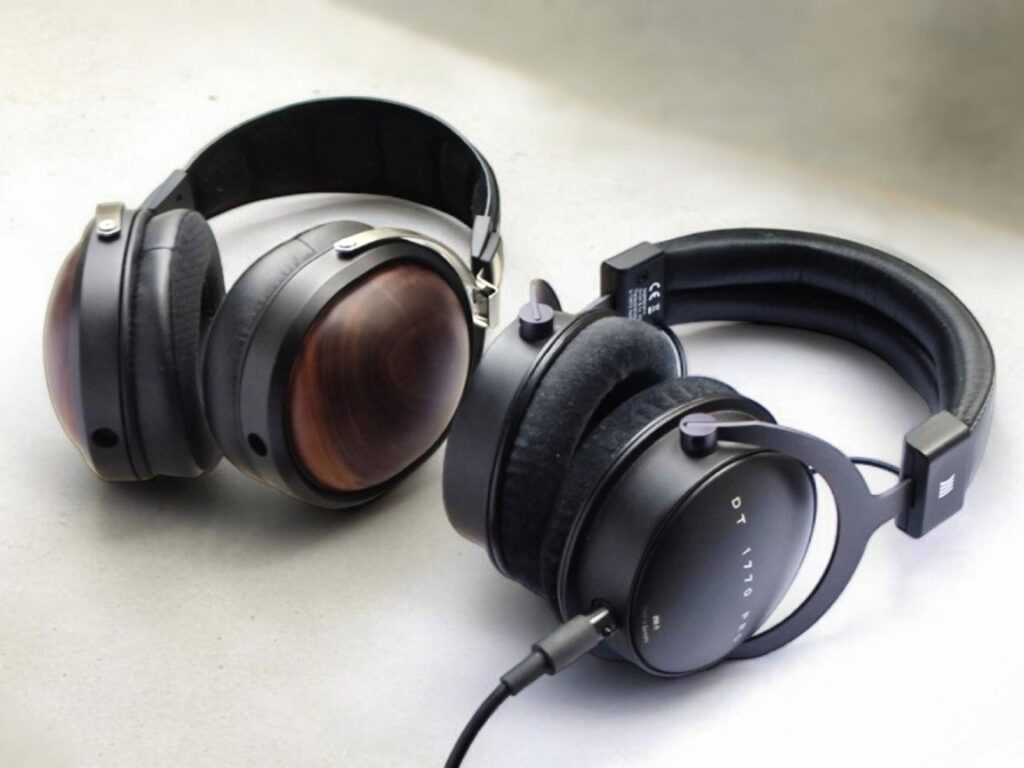
Image Copyright: The Headphoneer
BEYERDYNAMIC DT 1770 PRO vs FiiO FT1
The $399 DT 1770 PRO is a 250-ohm, dynamic-driver, studio-grade headphone, crafted for professionals but also cherished by audiophiles. It’s a closed-back design with superior isolation, better than the already quite good FT1. I use the Beyerdynamic velour pads with my DT 1770 PRO. However, for even better passive noise isolation, you can use the supplied pleather pads. This will also change the sound to some degree.
Anyway, both the DT 1770 PRO and the FT1 have a relatively neutral sound signature, but the DT 1770 PRO leans brighter with more energy in the upper mids and treble, while the FT1 has a darker character with more emphasis on the bass.
Although the FT1 is darker in the highs than the DT 1770 PRO, it doesn’t have a laid-back treble. Both headphones are detailed and articulate, but the DT 1770 PRO can be less enjoyable due to occasional sibilance in the higher frequencies.
The DT 1770 PRO offers more energy in the upper midrange too, resulting in a brighter, lighter sound. However, it can sometimes feel too forward and energetic, depending on the track. The FT1 has a fuller midrange, sounding richer but not excessively warm. In terms of midrange detail, the FT1 impresses, often even surpassing the DT 1770 PRO.
Compared to the DT 1770 PRO, the FT1 delivers more bass quantity. Further, the quality is superior, with better definition, articulation, and texture. Its bass is impressively linear and well-controlled.
While the DT 1770 PRO can sound more ethereal and airy, the FT1 boasts a larger soundstage with superior imaging; there is more space between instruments and a better sense of depth.
Generally, the FT1 offers more detail, though the DT 1770 PRO has sharper highs and upper mids that make detail in those ranges easier to detect. However, the FT1 clearly had more detail in the lower mids and bass.
When it comes to dynamics, the FT1 is more capable, both in macro and micro dynamics. Additionally, its timbre is more natural and organic, while the DT 1770 PRO has a more analytical and crisper sound.
It is worth noting that this comparison was performed on the solid-state Topping A90 amp. I find the DT 1770 PRO to sound better with a nice OTL tube amp, like the Woo WA2, bit even then, I’d generally prefer the FT1.
- Amazon: DT 1770 PRO
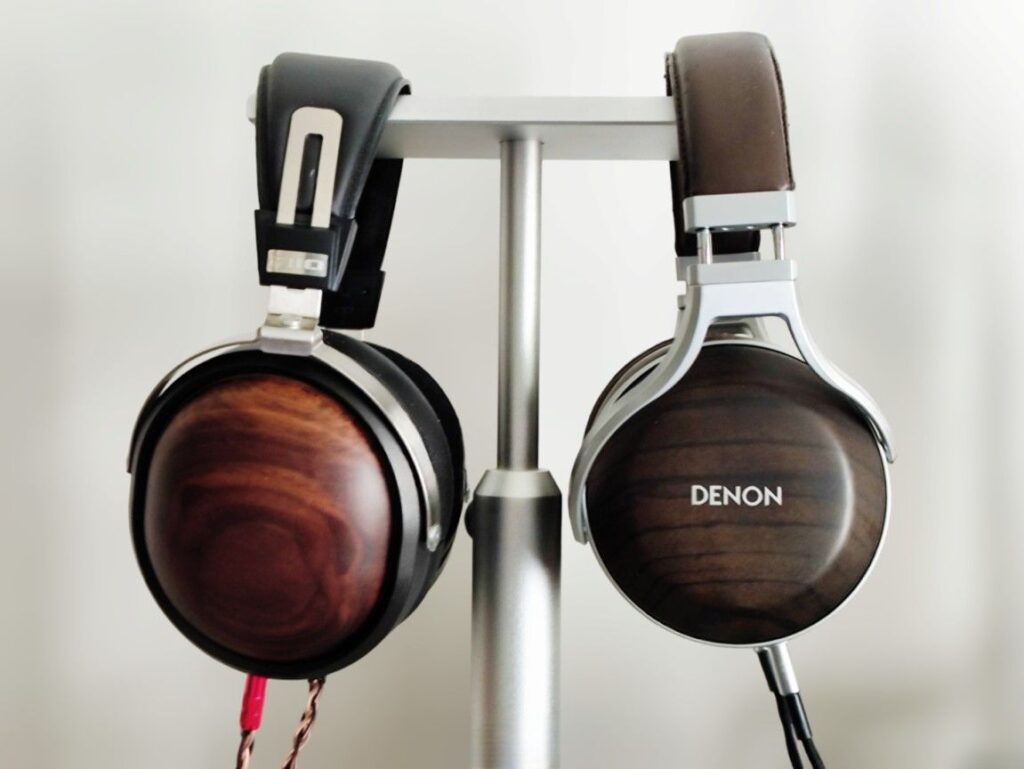
Image Copyright: The Headphoneer
DENON AH-D5200 vs FiiO FT1
Denon has been making low-impedance, wooden-cup closed-back headphones with biodynamic drivers for a long time. The $699 AH-D5200 has a lot in common with the FT1: the low impedance, diaphragm material, the wooden cups, and general design and fit.
They both have a relatively neutral, but slightly dark sound signature. The FiiO FT1 has more sub-bass and treble energy, while the D5200 has a warmer midrange.
The treble is both cleaner and more energetic with the FT1, while the D5200’s treble is rounder and less articulate, though it has a good level of detail.
The midrange is excellent on both. They are relatively similar, with a slightly dark tone, but the D5200 has a warmer sound, while the FT1 offers better detail.
The bass quantity of the two headphones is in the same ballpark, but the FT1 digs deeper and has better texture, definition, and dynamics.
I find the D5200 to offer a nice soundstage, but the FT1 is wider, taller, and deeper. The imaging of the FT1 is generally more accurate, with better instrument separation and positioning and a blacker background.
In terms of raw detail retrieval, the FT1 is superior. It is also more dynamic sounding, being more articulate, with better dynamic contrast. The D5200 performs well on these parameters too, but not quite at the same level as the impressive FT1.
In terms of timbre, I find both to sound natural and organic, though the D5200 often has an extra appeal with its higher level of warmth and lushness.
- Amazon: Denon AH-D52000
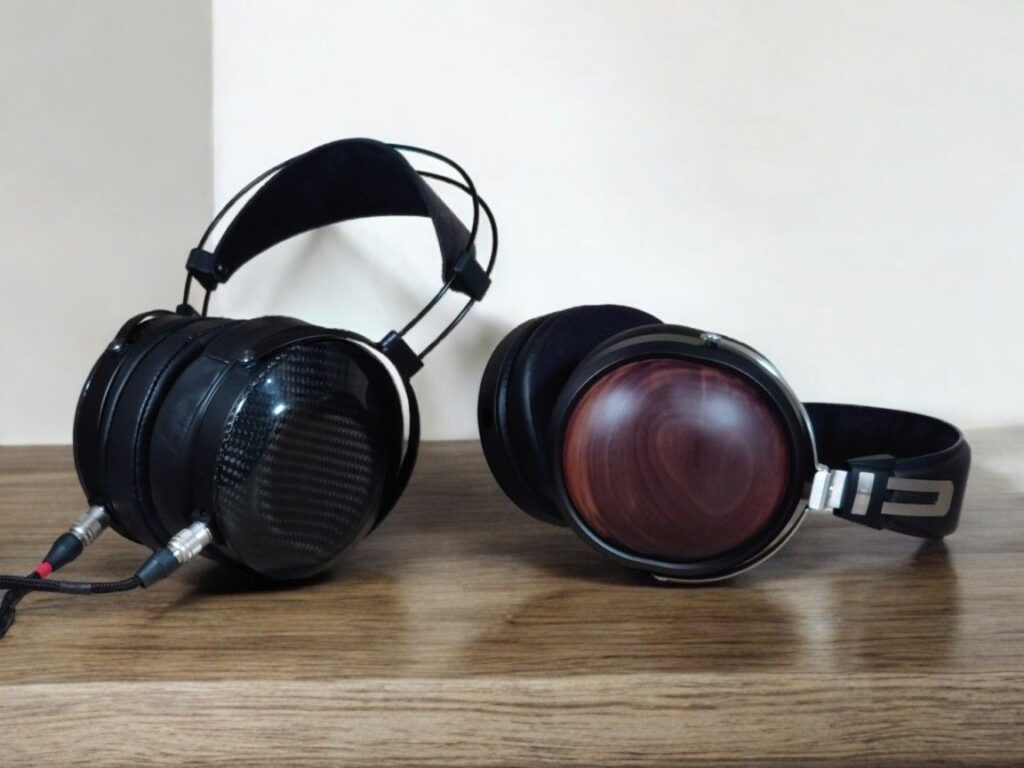
Image Copyright: The Headphoneer
DROP + MR.SPEAKERS ETHER CX vs FiiO FT1
The $799 Ether CX from Drop in collaboration with Mr. Speakers (now Dan Clark Audio) has been a long-standing favorite closed-back headphone for many, including myself. It has a planar dynamic driver and the impedance is 23 ohms, sensitivity 92 dB/1mW.
Like the FT1, the CX is tuned towards a fairly neutral sound signature. However, where the FT1 has a subtle tilt towards a darker tonality and more bass, the CX leans towards the brighter side of neutral, offering more forward upper mids and highs and less bass quantity.
Both headphones have a clear and articulate treble. The CX is slightly brighter, but when it comes to high-frequency detail, they’re basically on the same level.
In the midrange, the CX is brighter and drier sounding, with less lower midrange presence than the FT1, which generally sounds lusher.
The FT1 has more bass quantity; the CX is rather slim without EQ. Quality-wise, the CX is good, but the FT1, if anything, has even better definition and doesn’t lack extension.
They both have a large soundstage and excellent imaging. The CX sounds more airy and open, while the warmer and lusher FT1 has a slightly more intimate stage. In terms of raw detail retrieval, they are in the same ballpark; I do not find the FT1 to be inferior, despite the price difference. Concerning dynamics, I find the FT1 to be the better of the two. When it comes to tonality and timbre, I find the CX to be somewhat dry, and I prefer the lusher, more organic sounding FT1.
The CX sounds slightly better on the Mytek Liberty Amp and especially the Bryston BHA-1 amp than on the Topping A90. It sounds smoother, more effortless, and more organic. However, the sound signature doesn’t change much, and the main differences between the CX and the FT1 remain.
- Link to Drop: Ether CX
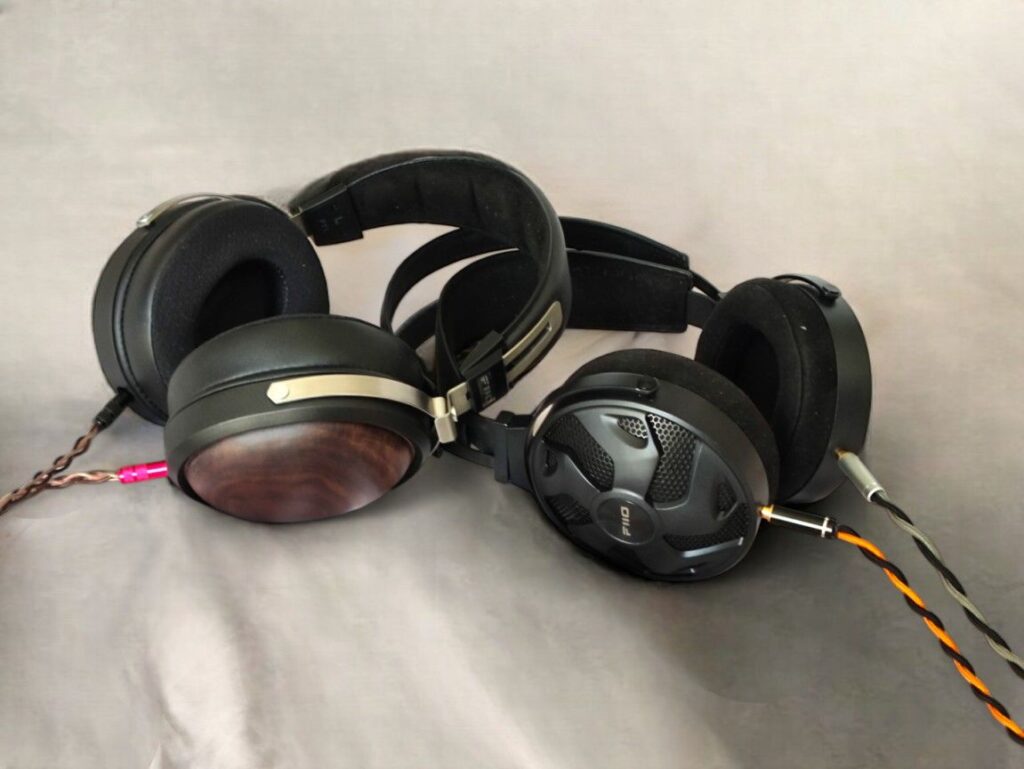
Image Copyright: The Headphoneer
FiiO FT3 vs. FT1
Launched in 2023, the 350-ohm FT3 was FiiO’s debut into the headphone market. Its dynamic driver stands apart from the FT1, featuring a diaphragm with a very different, more traditional shape, and made from diamond-like carbon (DLC) rather than the carbon-inforced wood fiber of the FT1. Both drivers are 60mm large, though.
Despite the difference in driver and housing construction, the sound signature of the FT3 and FT1 is pretty similar. Both are quite neutral, leaning slightly towards a darker and lusher presentation than a brighter delivery.
The treble is present and clear with both. It is quite similarly tuned and comes off as equally detailed.
The midrange is slightly lusher and fuller on the FT3 than the FT1, however, the difference is not very large. Detail level is great with both.
Even though the FT3 has good bass, the FT1 takes it up a notch, with slightly better definition and extension, and depending on the track, more presence.
The FT3 has a more open soundstage, being wider and taller sounding. The FT1, however, offers a better sense of depth and generally better instrument separation and imaging.
The level of detail is for the most part comparable, except for the bass, where the FT3 doesn’t do quite as well as the extraordinary FT1. Both are quite dynamic sounding, but when there is a difference, it usually is in the favor of the FT1.
When it comes to timbre and tonality, however, I more often than not find myself preferring the FT3. It is generally more organic and natural sounding. The difference is not very large, and I have no problem enjoying the tonality of the FT1, but especially the midrange is slightly fuller and even better balanced on the FT3, contrasting the more polite upper mids of the FT1.
Full comparison review here: FT1 vs FT3
- Buy on Amazon: FiiO FT3
CONCLUDING ON COMPARISONS
I have now compared the FiiO FT1 to three well-regarded, significantly more expensive headphones, and honestly, the FT1 holds its own. In fact, I’d say it’s at least as good as any of them. I’m tempted to throw on my favorite third-party pads and do a direct comparison with the TH-900 and Denon D9200, just to see how close it gets. They shouldn’t feel too safe. Anyway, it’ll be in a later article. For no I just must conclude that the FT1 competes with good headphones way above its price range.
AMPLIFICATION
On paper, the FT1 should not present a big challenge to most headphone amplifiers. How ever do you not let the low price fool you—this headphone scales nicely with the amp. I tried the Schiit Magni Heretic, Monolith THX AAA 887, Rebel Amp, Going A90, Mytek Liberty Amp, and the Bryston BHA-1. There are no huge differences between them, but some are better than others. The BHA-1 sounds the best, but there’s nothing wrong with the Schiit.
I also tried the Woo WA2 OTL tube amplifier, which has an output impedance of 70-80 ohms, depending on the tubes. Given that an amplifier’s output impedance normally should be significantly lower than the headphone impedance (⅛ or less), the WA2 is kind of a hit-and-miss amp when paired with low impedance headphones. In my this case, however, the pairing sounds terrific.
Anyway, all the amps tested plays well with the FT1, but the Bryston BHA-1 and Woo WA2 makes it perfect. They just make it even more dynamic, spacious and delicate than the others.
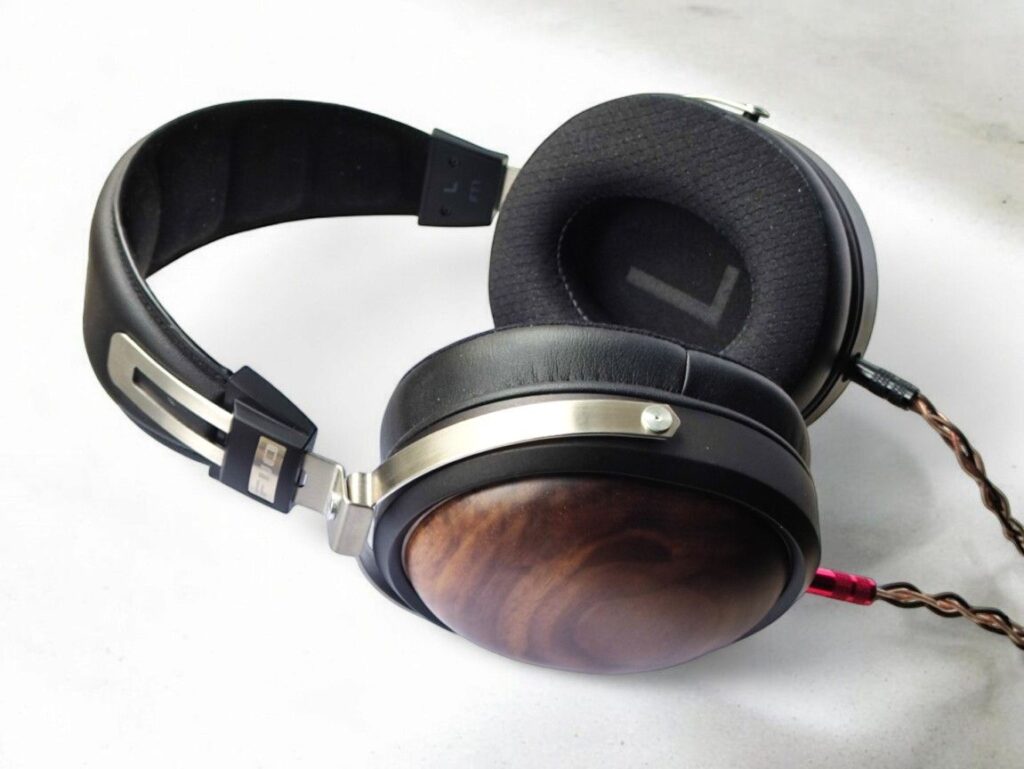
Image Copyright: The Headphoneer
CONCLUSION
Sometimes, a product comes along that redefines the commonly accepted price-performance ratio. The FiiO FT1 is such a product. In my opinion, it has the potential to be a game-changer.
After 15 years as an audiophile headphone enthusiast, I’ve seen many manufacturers focus on making marginally better—or simply just different—headphones for significantly higher prices. While there are some exceptions, such as Hifiman recently reducing prices on many models (though not their flagships), this trend is all too common.
The FiiO FT1 breaks the mold and will hopefully disrupt the market. It is exquisitely built and offers truly excellent sound quality. At this price, it’s groundbreakingly good.
I hope FiiO continues the good work with developing affordable quality headphones. The driver used in the FT1 is obviously extremely capable, and I would love to see it used in an open construction. I also hope to get my hands on the upcoming beech-version to see how the type of wood affects the sound.
Anyway, let me just finish with this: The FT1 is the new benchmark. Bravo, FiiO!
Thanks for reading. You can support us by purchasing anything using any of our affiliate links, like these:
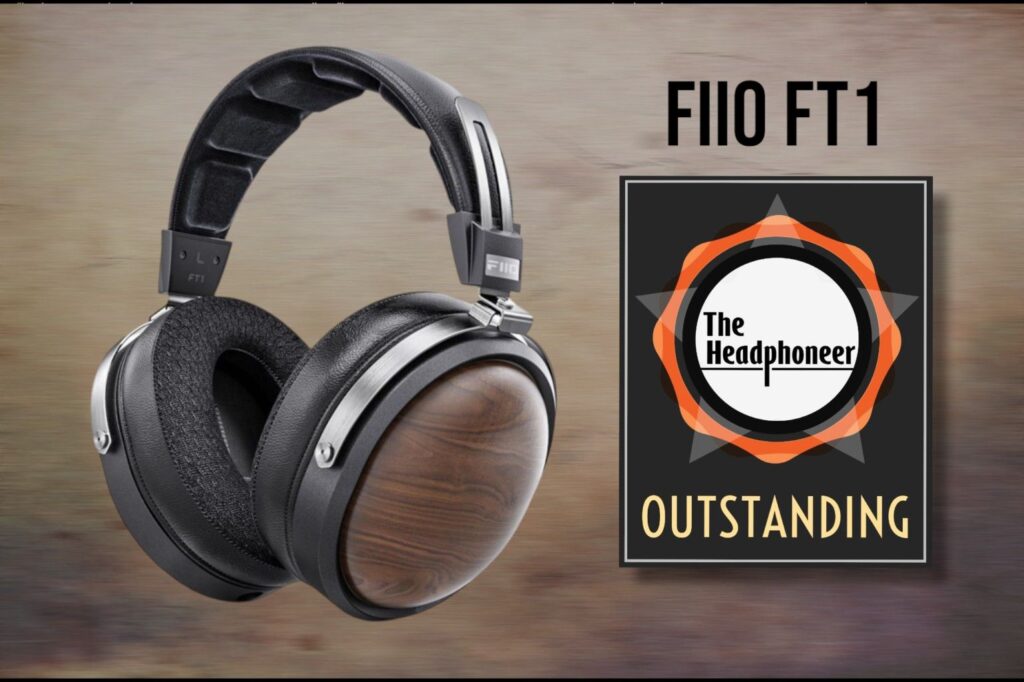
Any purchase you make on Amazon or Linsoul with any of our affiliate links will give us a small provision at no cost to you.
We only get a provision for items that are not returned, so there’s no incentive for us to recommend something that’s not good.
Linsoul : Headphones, Earbuds, Wireless Earbuds, Desktop DAC/AMP, Portable DAC/AMP, Digital Audio Players,
Amazon: Headphones, IEMs, Headphone Amplifiers, Home Audio or Anything else.
.
If you enjoyed this article or other content on The Headphoneer, you might consider leaving a small donation to keep this website up and running. No donation is too small. Thanks for supporting us!
If you like our work please follow us on Instagram, Facebook and Twitter , it will help us grow. Sharing is caring 🙂


